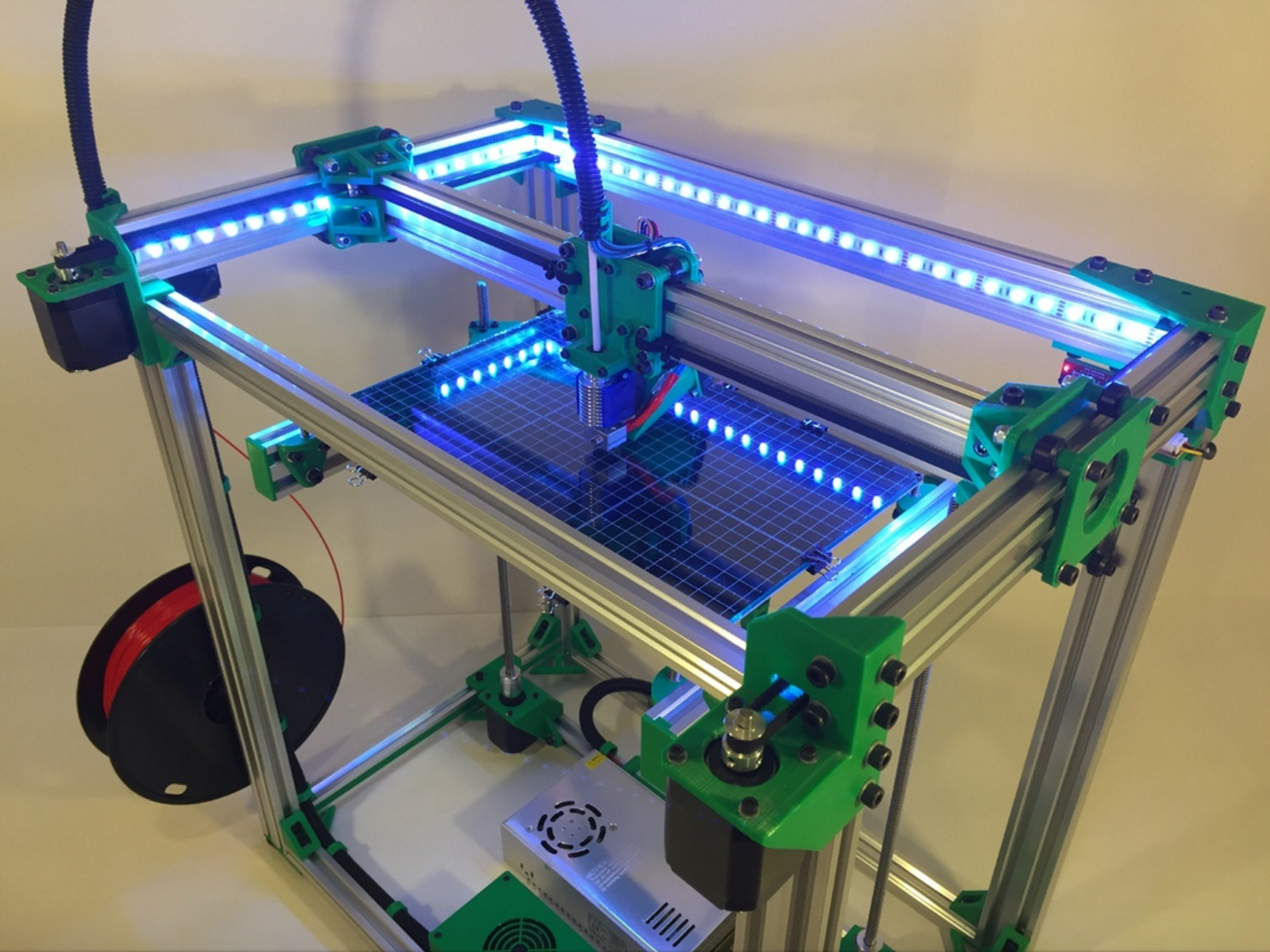Back to Building

A few years ago I switched this blog to using Ghost and decided it was a good opportunity to give my blog a name and image. I've never been big into fancy designs for what's essentially a space for me to think out loud, but there was some meaning behind "Throw Out The Manual" and the associated header image of tools. I've long been following the "Maker Movement" and actively encouraged efforts that led to the building of a Makerspace at the University of Mary Washington. For me there was something incredibly therapeutic about that hands-on learning. Perhaps as the antithesis of the day job that involves lots of terminal, code, scripting, and even these days business development.
3D printing was always an easy entryway into discussions of making and hands-on learning. There's something magical about taking the digital and making it physical and 3D printers are just so damn fun to play with (many get frustrated when they don't work right but I always loved troubleshooting them, for me the act of constantly improving and optimizing prints was a real joy). I miss that a lot since I left UMW and began working full time for Reclaim Hosting. So I recently decided to jump full on into a rather ambitious project to build a 3D printer.
Finding 3D printers is almost laughably easy these days. My wife pointed out to me as we walked into Barnes and Noble that they were selling one for $350. What a world to live in! What's much harder is deciding which printer to get. I'd encourage most except the wildly curious to steer clear of Kickstarter as it often ends in frustration (you're essentially paying someone to develop something with no promise it will work well or support will be there into the future). Ideally you want something that has a community using it, so those random ones you find at your local bookstore or hardware store are probably not the best bet either. If you're brand new to it picking a pre-built 3D printer with a name backing it like 3D Systems, Makerbot, Printrbot (a personal favorite), or Afinia is a decent bet. If you really want to learn how a printer works though the best way is to build one yourself. Even then a kit can be a very user-friendly way of approaching this and a variety of kits for printers exist where all the parts are sourced for you and your job is to simply assemble and tweak it. It's a great way to get a really good understanding of the mechanics involved, but it does require patience and time. I like this guide from 3DHubs for selecting some of the better brands both pre-built and kits.
I've taken both of those paths so I wanted a bigger challenge this time around. I'm also not in a hurry which is important, because this will be a long process. I'm sourcing all the parts to build a printer completely from an open source build specification. I've chosen the D-Bot, a "RepRap" style 3D printer that is completely open source. Some parts will need to be printed so I'll probably be borrowing time at UMW to get that piece done. But also finding things on eBay, Amazon, Open Builds Store, and other places to get everything. Procuring all the various parts alone will probably take 2 months given some things will be coming from China.
Perhaps I'm biting off more than I can chew, but to me there's a real thrill in the idea of gathering all the materials and putting something together that someone else has designed. You might be tempted to think this one-off design would lead to frustration because how many D-Bots exist? But in actuality the RepRap project has a huge community backing it and this printer is just one variation of many builds that others have done. They have active forums for support from the community and many processes are similar between various builds. What's also great is that since there's no vendor lock-in here I can modify the printer as much as I want, improve it over time, add and remove as I see fit. That's something you definitely don't get with Makerbot and other large companies (and I can understand if that also doesn't appeal to a subset of folks!).
So consider this the Hello World of my 3D Printer Build project. I'll be documenting thing along the way, sharing my challenges and successes as they happen.
Comments powered by Talkyard.